Reviewed by Corey Noles
Let me paint you a quick picture: you're planning your September upgrade, eyeing that shiny new iPhone 17, when whispers start circulating about price hikes across the entire lineup. But wait—there's a plot twist. One report suggests only the base iPhone 17 might dodge the pricing bullet, while its siblings face a $50 bump. Here's the kicker: this relatively modest increase comes amid industry fears of much steeper jumps, with analysts warning that tariffs could push iPhone prices up by as much as 43%.
This gap between a measured $50 increase and potentially catastrophic 43% hikes reveals Apple's strategic positioning in an uncertain economic landscape. The company's supply chain flexibility and margin management give it options that competitors simply don't have—explaining why Apple can contemplate modest adjustments while industry analysts project market-shaking price explosions.
What you need to know:
Apple's iPhone 17 lineup faces potential price increases, with only the base model potentially staying at current pricing
Tariff concerns could add up to $240 per device if trade policies shift dramatically
The iPhone 17 Air is rumored to start around $899, replacing the Plus model
Current iPhone 16 models start at $799, making this a relatively contained increase compared to worst-case scenarios
Why the base iPhone 17 gets special treatment
Think of it as Apple's hedge against sticker shock. While premium iPhone models are expected to feature significant upgrades—including the ultra-thin Air design and enhanced Pro camera systems—the standard iPhone 17 represents Apple's effort to maintain an accessible entry point. Component costs show the base iPhone 16 costs $416 to manufacture, creating a $383 profit margin per device that gives Apple strategic room to absorb cost increases that would force competitors to raise prices immediately.
This margin flexibility becomes crucial when considering Apple's competitive position. TechInsights data reveals Apple shipped over 165 million iPhones between Q4 2023 and Q2 2024, nearly matching Samsung's volume. This volume parity with Samsung becomes essential when considering pricing strategy—Apple can't afford to cede market share to Android alternatives through aggressive price increases, especially when their manufacturing margins provide the cushion to maintain competitive positioning.
The iPhone 17 series is expected to be one of Apple's "most ambitious" releases in years, featuring significant design overhauls across the lineup. Yet the base model appears positioned as the stable, predictable option in a sea of premium experimentation—a strategic anchor that keeps price-sensitive customers from jumping ship during Apple's most experimental product cycle in years.
The tariff elephant in the room
Now let's talk about the economic realities driving these pricing discussions. Rosenblatt Securities projects that tariffs could force Apple to raise iPhone prices by 43% to maintain margins. Translation: your $799 iPhone 16 could theoretically jump to $1,142. Even the budget-friendly iPhone 16e at $599 could hit $856 under maximum tariff scenarios.
The math gets scarier as you climb the product stack. A top-tier iPhone 16 Pro Max currently retailing at $1,599 could theoretically breach $2,300—marking the end of the sub-$1,000 iPhone era if worst-case trade policies take effect. Apple faces over $8.5 billion in potential annual cost increases without supply chain relief.
Here's where Apple's diversification strategy demonstrates its value. Apple's 45-50% imported component dependency means every 10% tariff increase translates to roughly 4.5-5% device cost inflation. The Wall Street Journal reports that Apple plans to increase iPhone shipments from India to help offset Chinese tariff costs, specifically targeting the most tariff-sensitive components first—a tactical response that explains why Apple can contemplate measured price adjustments while competitors face potentially devastating cost pressures.
What this means for your September shopping list
Apple's pricing restraint becomes clearer when viewed through their historical strategy lens. iPhone pricing has remained relatively stable over recent generations, with the iPhone 14 maintaining the $799 starting price established by previous models. Apple's restrained pricing history—just $100 increase over six years for the Pro Max line—reflects deliberate market positioning that the iPhone 17 base model preservation continues.
The iPhone 15 Pro Max saw a $100 increase to $1,199, but that came with double the base storage—essentially offsetting the per-gigabyte cost. The iPhone 17 series promises significant upgrades across the board: 120Hz ProMotion displays for all models, enhanced cameras, and the new A19 chipsets. When ProMotion and enhanced cameras reach the base model while prices hold steady, Apple effectively delivers 15-20% more value per dollar—a retention strategy targeting Android switchers who might otherwise be tempted by Samsung's aggressive pricing.
The iPhone 17 Air starting around $899 would slot perfectly into the premium-but-not-Pro territory, creating a logical pricing progression that maintains Apple's traditional value architecture while accommodating the new ultra-thin form factor's premium positioning.
PRO TIP: If you're eyeing an iPhone upgrade this fall, the base iPhone 17 might offer the sweet spot between new features and familiar pricing—assuming these predictions hold true.
The bigger picture beyond September
The iPhone 17's pricing strategy connects directly to Apple's long-term positioning challenges. Future models like the iPhone 18 face even steeper cost pressures from advanced chip manufacturing, with 2nm processes driving up production expenses regardless of trade policy. Apple's current restraint on iPhone 17 base pricing creates strategic flexibility for absorbing these inevitable technology cost increases in 2026—essentially banking goodwill and market position now to weather more significant price pressures later.
The iPhone 17 represents Apple's attempt to balance innovation with accessibility, offering significant upgrades while keeping the entry point reasonable. The company's ability to hold base pricing while premium models absorb necessary cost increases demonstrates exactly why Apple's margin management and supply chain diversification matter—they're not just operational details, but strategic weapons in an increasingly challenging pricing environment.
Bottom line? Apple's measured approach to iPhone 17 pricing—$50 increases for premium models while protecting the base tier—reflects sophisticated risk management rather than simple restraint. When industry analysts were projecting 43% price explosions just months ago, Apple's ability to contain increases to low double-digits demonstrates exactly why their supply chain investments and margin discipline create competitive advantages that extend far beyond quarterly earnings.




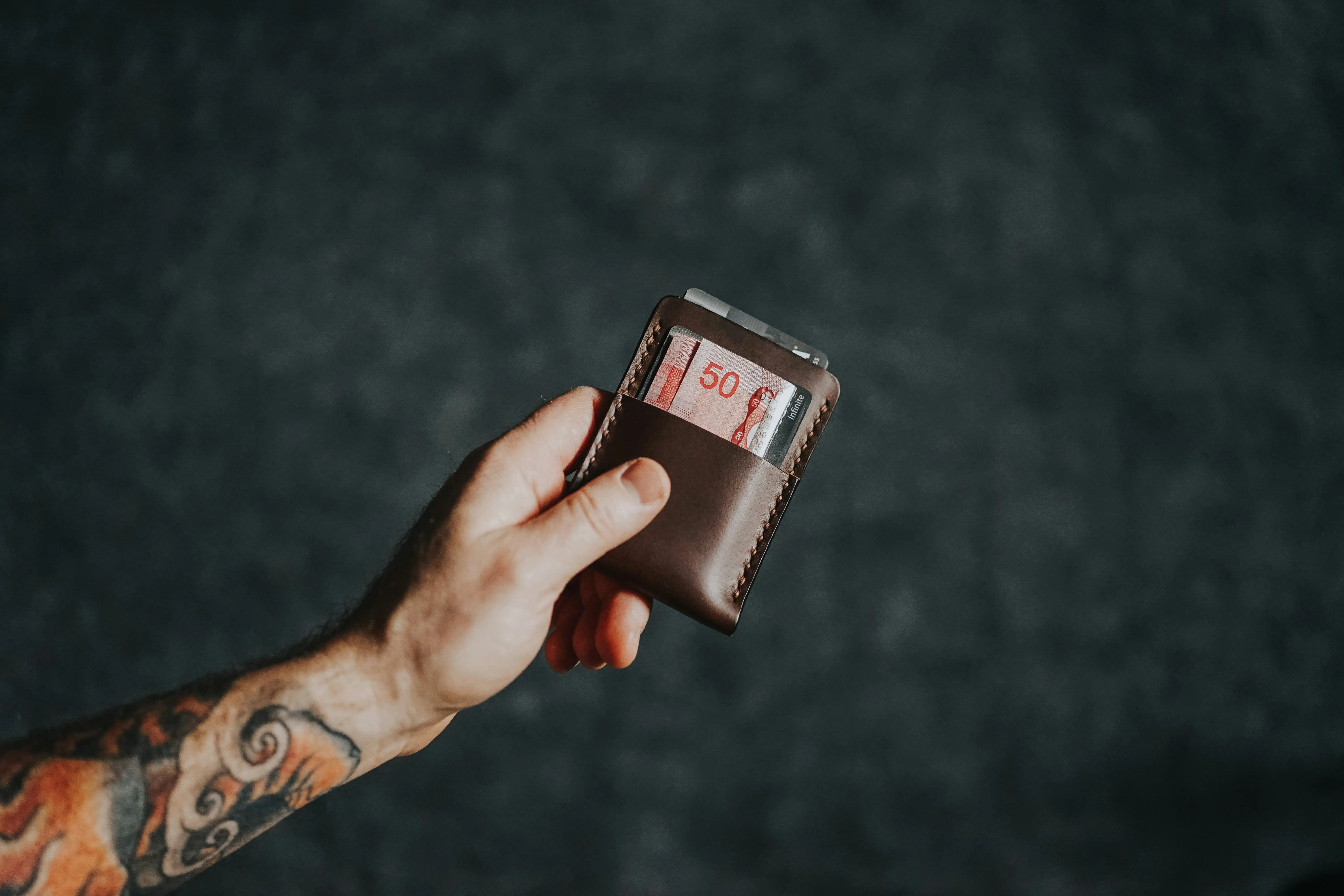
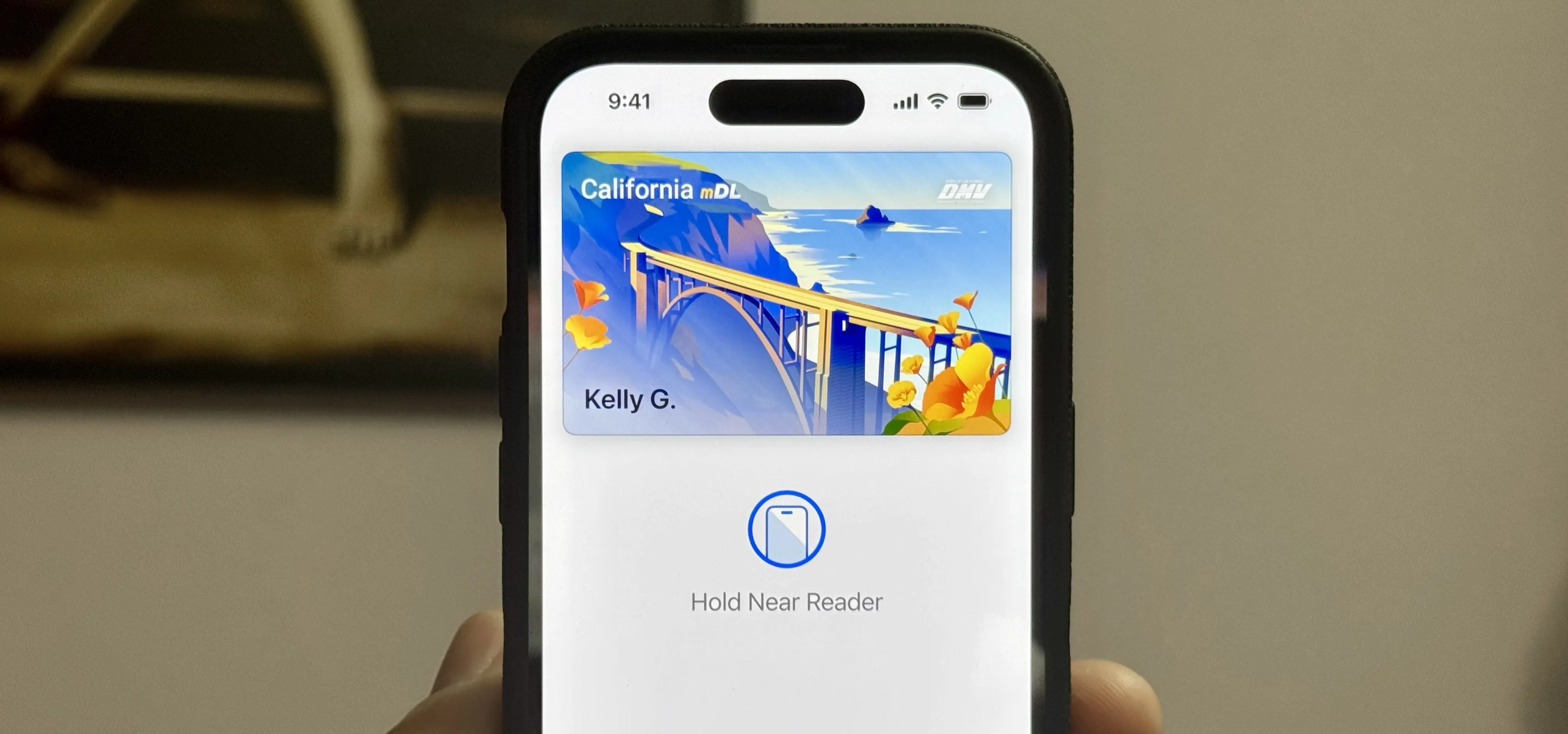
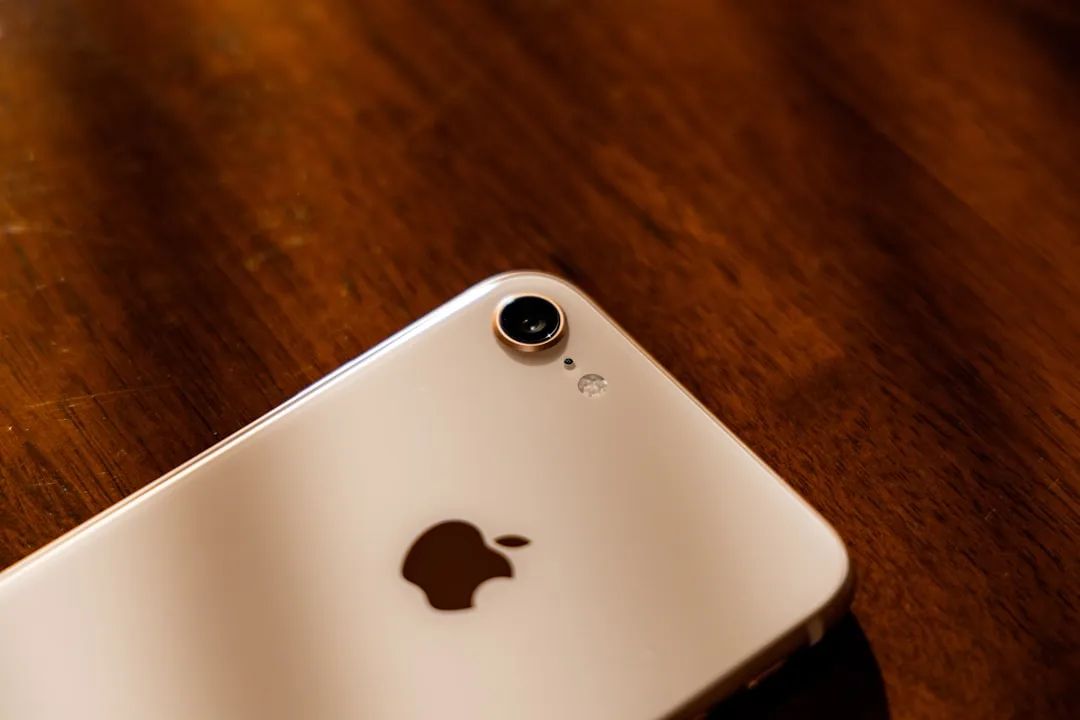
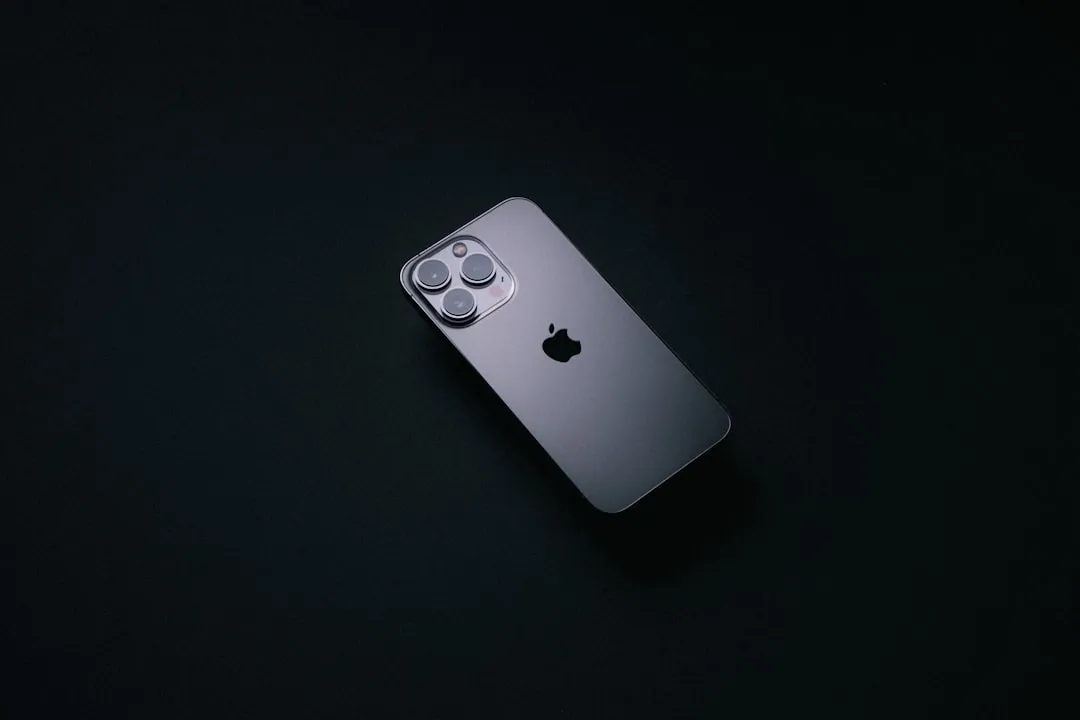
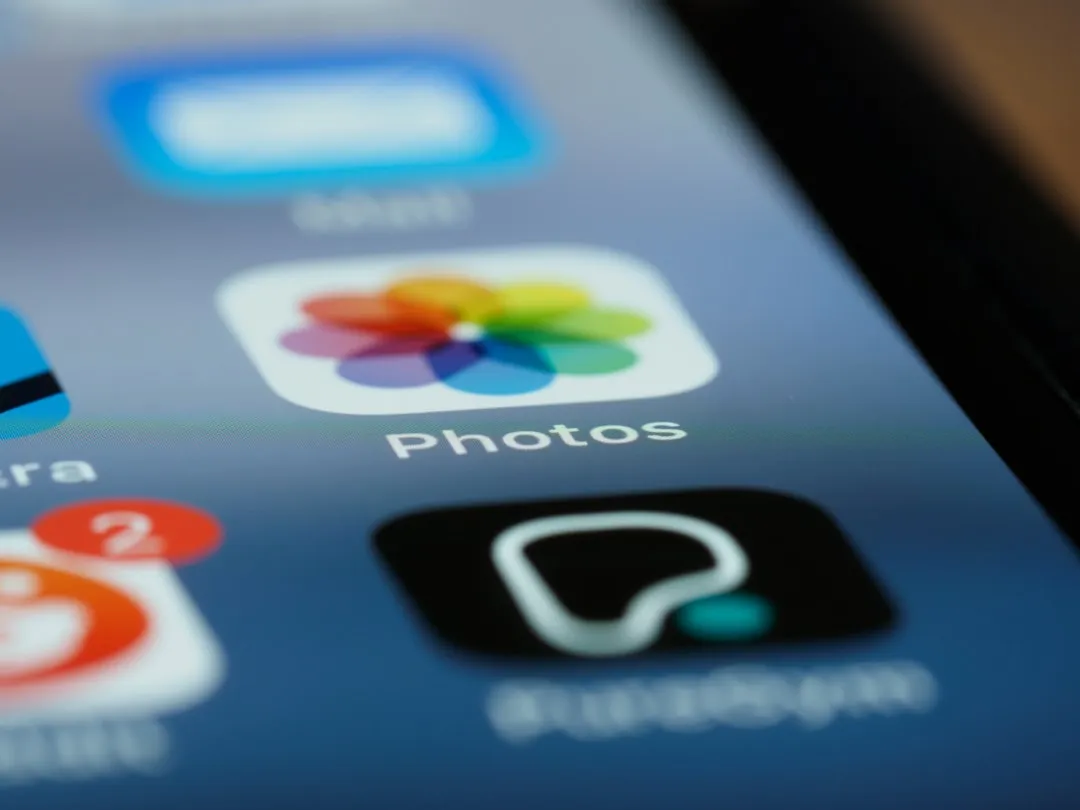
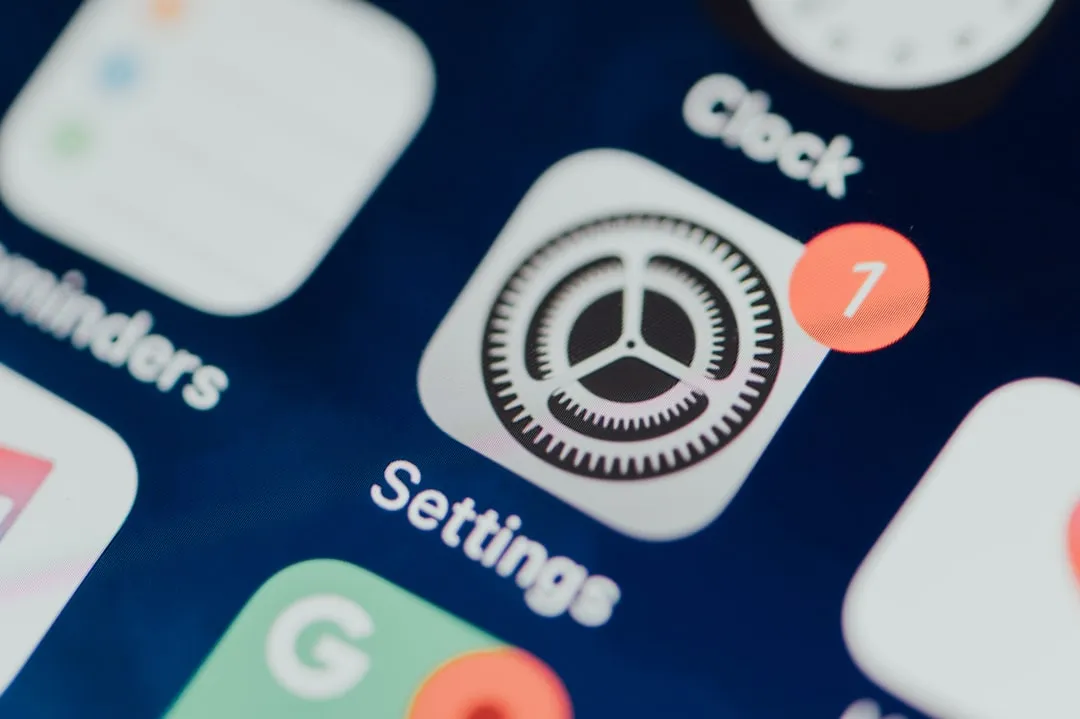
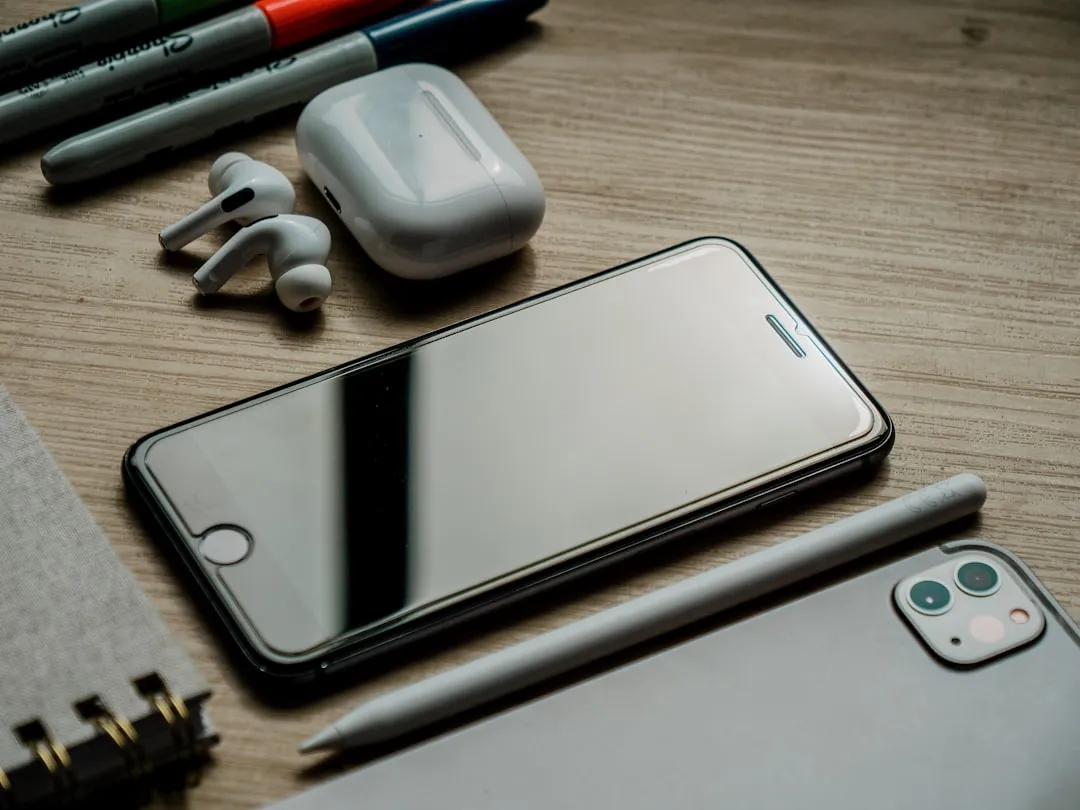

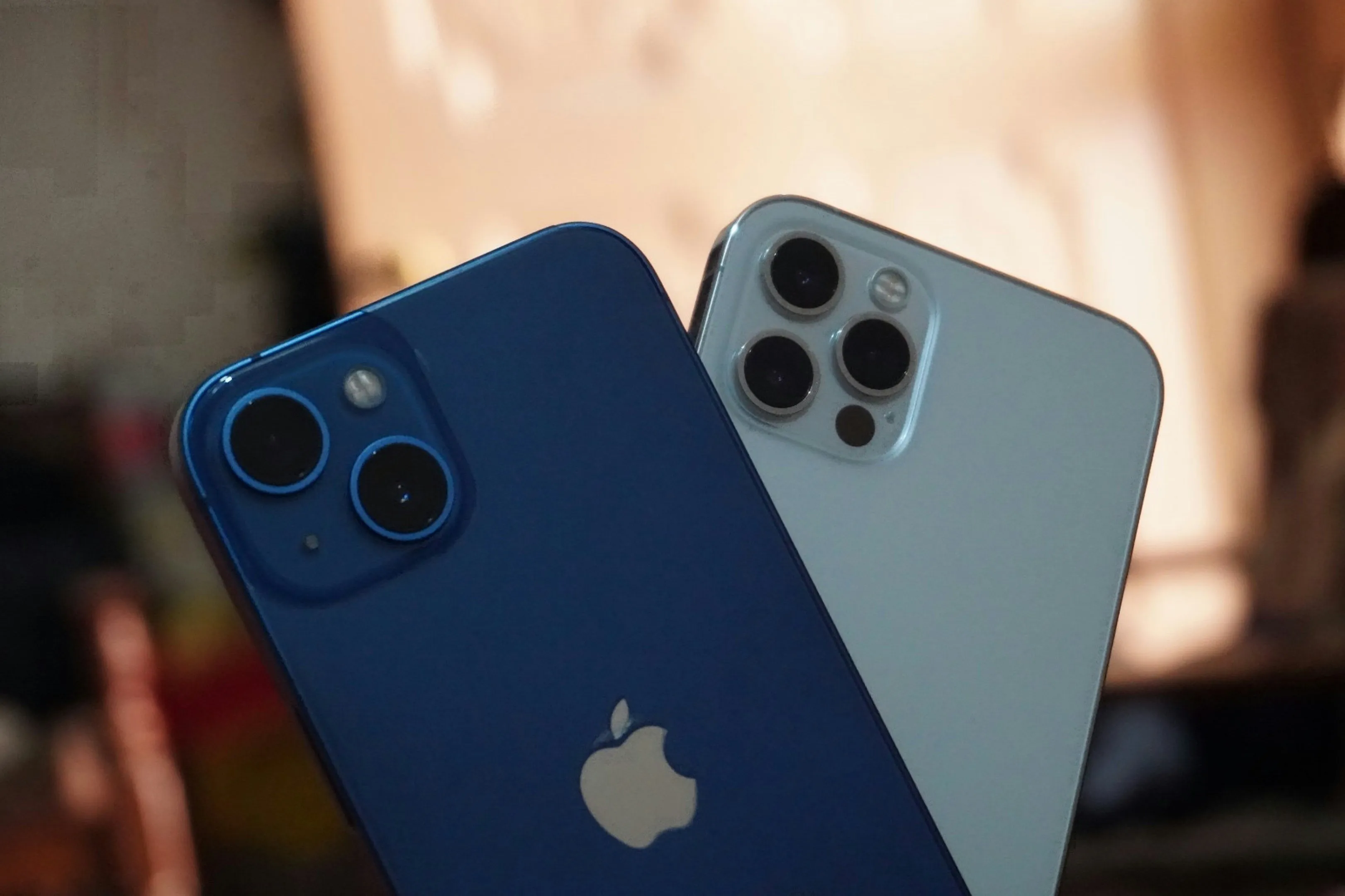

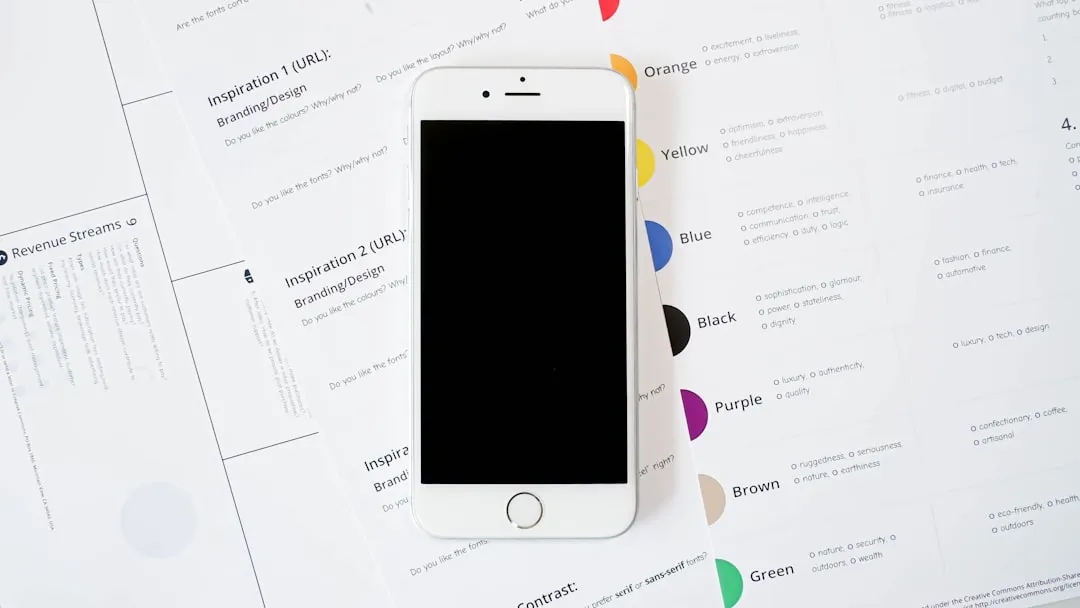
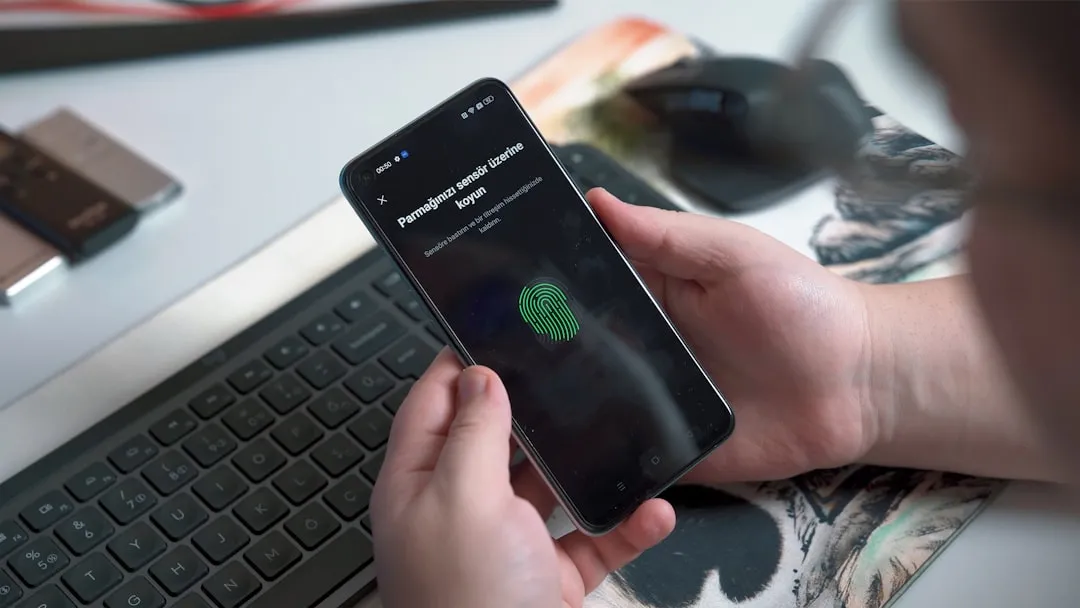
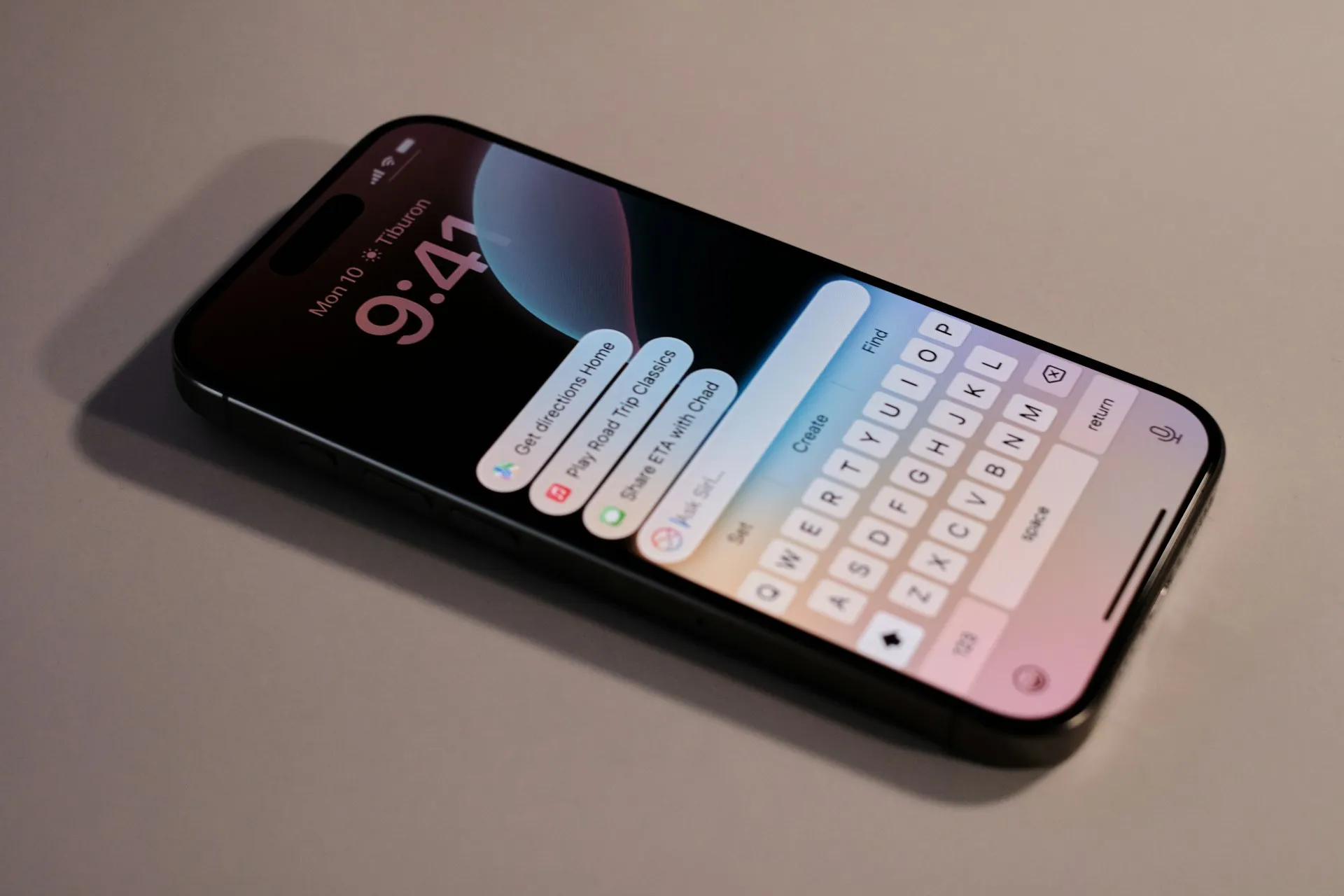

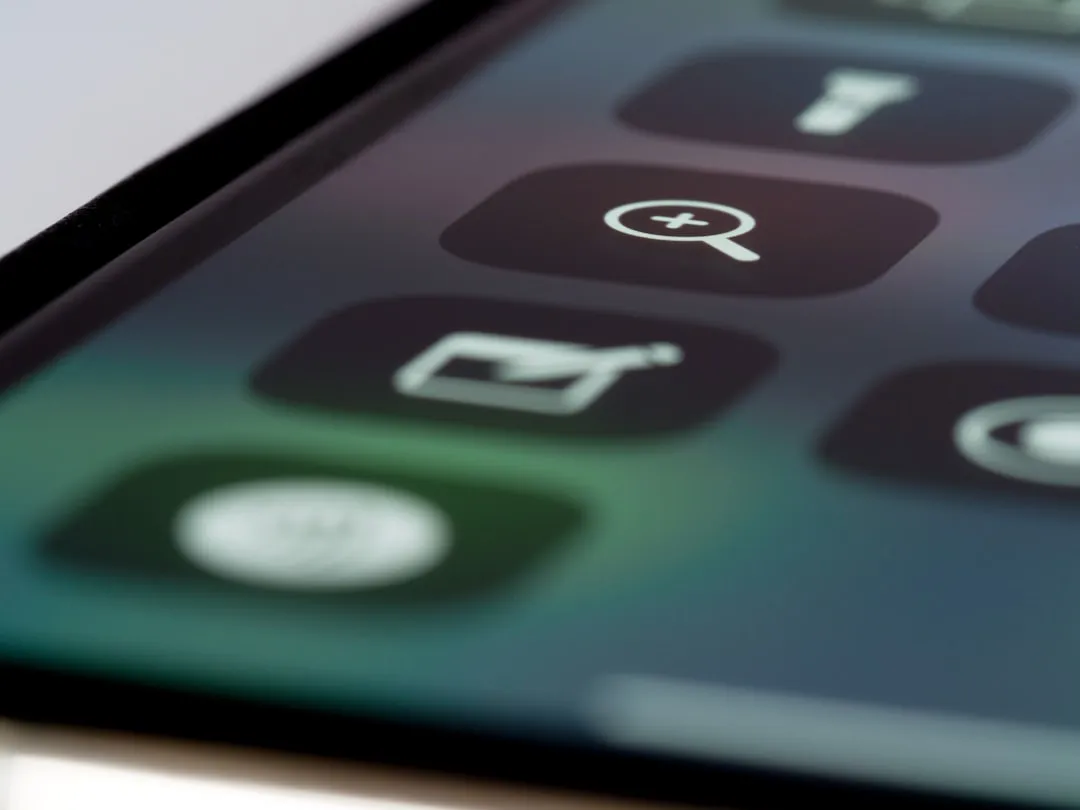
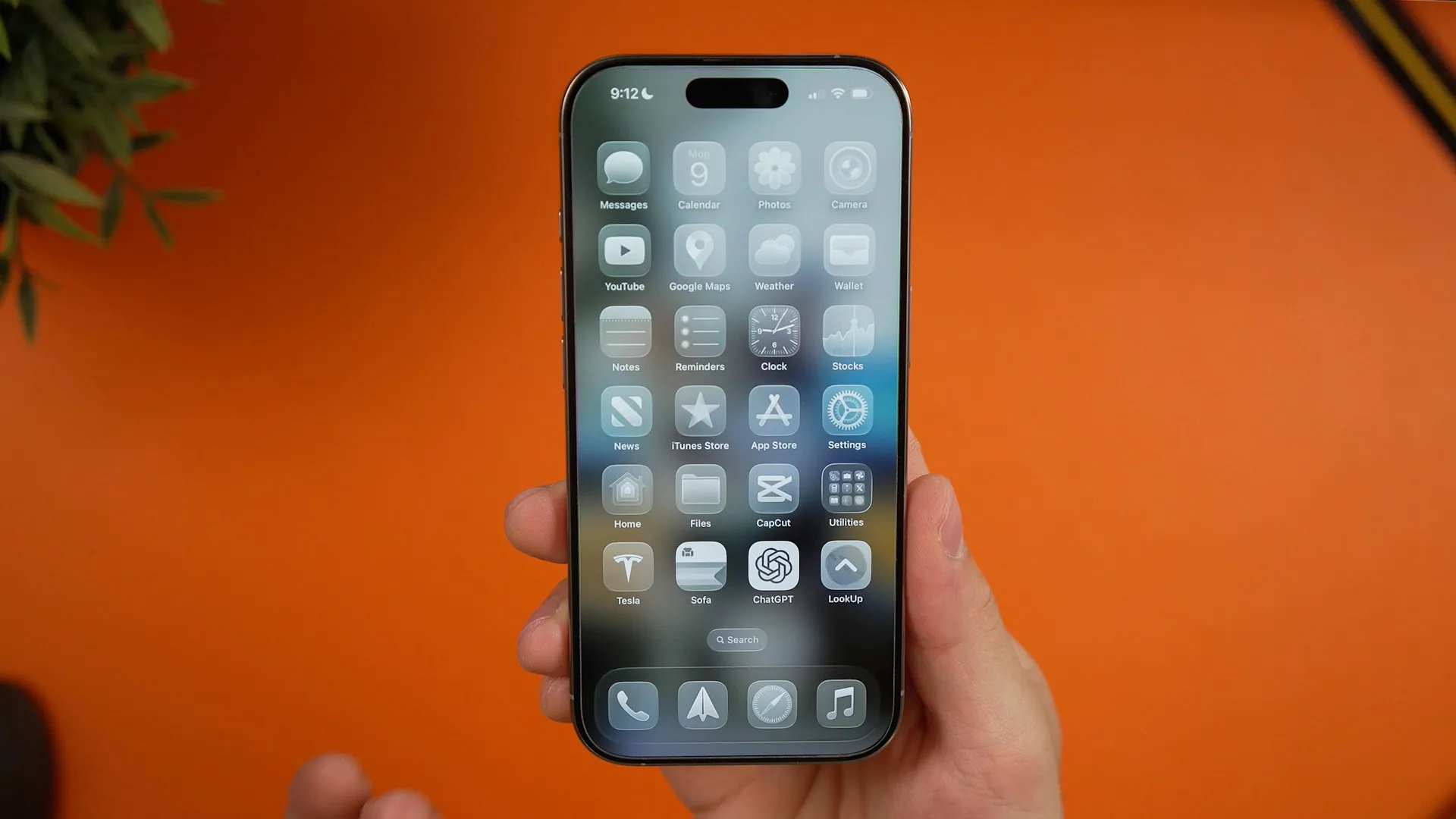
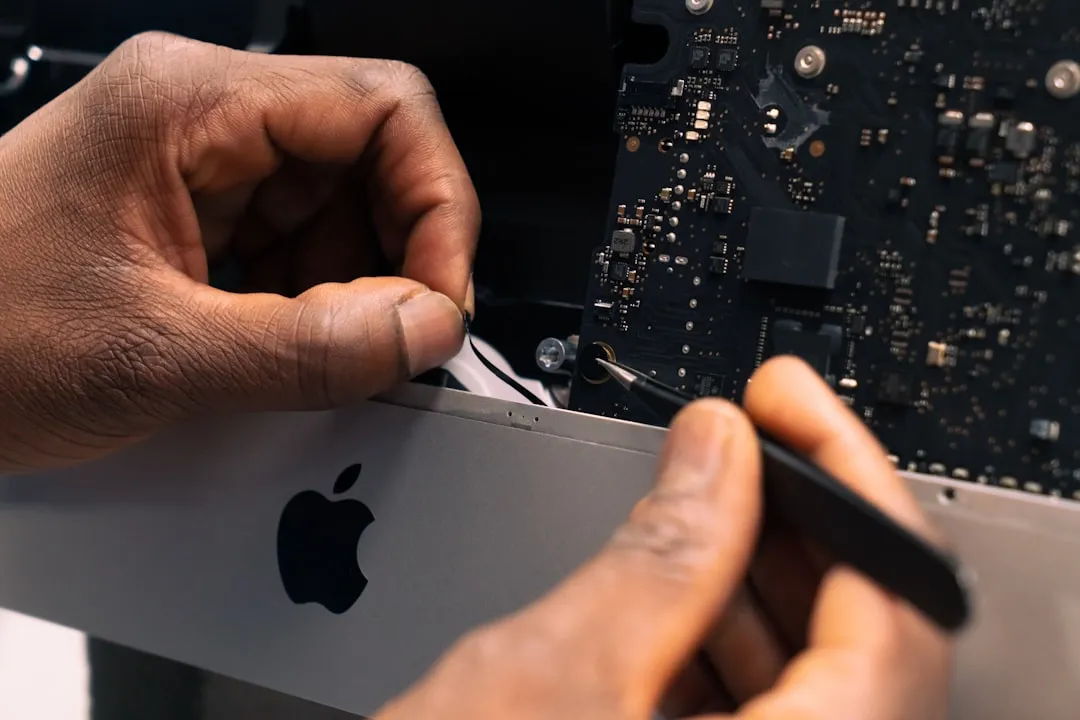
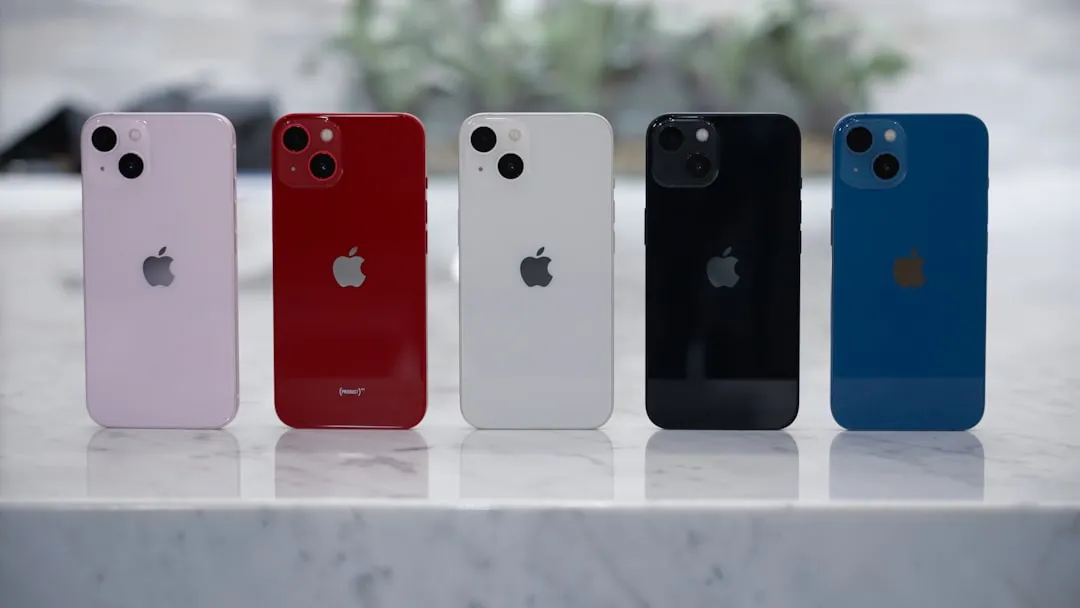
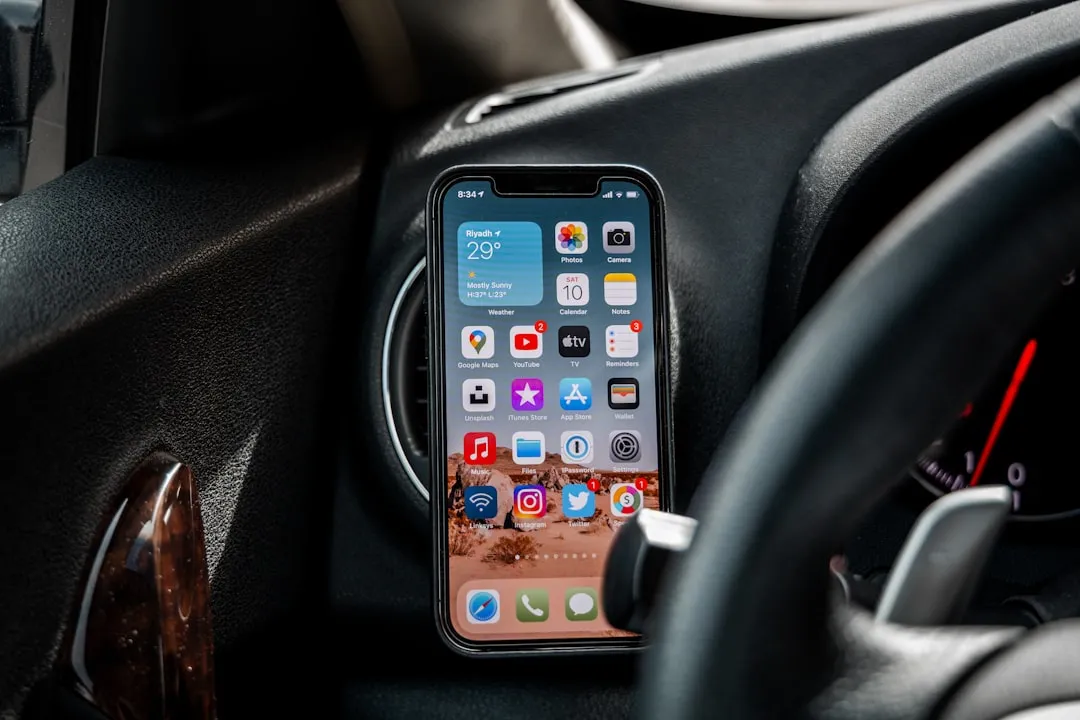


Comments
Be the first, drop a comment!